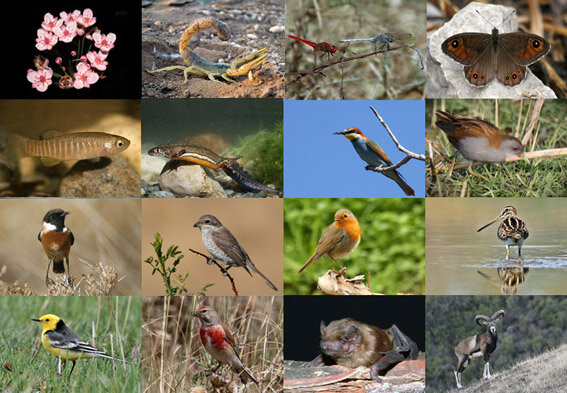DOE to deal with biological invaders threatening biodiversity

TEHRAN – Invasive species harm their new habitat after being introduced to it by humans. So, the Department of Environment has prepared programs to address and control the biological invaders while supporting education and raising awareness.
Invasive species adversely affect habitats and bioregions, causing ecological, environmental, and economic damage, Seyed Mehdi Mostafavi, head of the animal department of the National Museum of Natural History and Genetic Resources said.
The term can be used for native species that become harmful within their native distribution due to human alterations of habitat and the environment, he added.
Invasive species adversely affect habitats and bioregions, causing ecological, environmental, and economic damage. Invasion of long-established ecosystems by organisms is a natural phenomenon, but human-facilitated introductions have greatly increased the rate, scale, and geographic range of invasion, he stated.
For millennia, humans have served as both accidental and deliberate dispersal agents, beginning with their earliest migrations, accelerating in the age of discovery, and accelerating again with international trade.
In order to properly manage how to deal with this issue, more studies should be conducted and clear rules should be formulated, as well as the cooperation of the agencies and an appropriate budget should be provided with the cooperation of neighboring countries, he further suggested.
Biological diversity protection
Iran has a high diversity of species due to geographical conditions, climatic diversity, huge water resources of the Caspian Sea in the north and the Persian Gulf, and the Sea of Oman in the south.
According to the latest studies, about 1,300 species of vertebrates, including mammals, birds, reptiles, amphibians, and aquatic fish, about 30,000 species of invertebrates, and 8,000 species of plants have been identified in the country.
Unfortunately, over the past two decades, human activities have led to alarming degradation of ecosystems, deletion of genes, species, and biological capabilities; Human threats to biodiversity have accelerated the most over the past 50 years over the entire history of human life.
According to the United Nations, three-quarters of the Earth's environment and about 66 percent of the marine environment have been altered by human activities, and the latest report by the Intergovernmental Science-Policy Platform on Biodiversity and Ecosystem Services (IPBES) states that more than one million species of animals and plants are in danger of extinction.
Therefore, any planning and action in the direction of optimal and principled management of biodiversity protection in the country, interaction and continuous cooperation of responsible bodies, and benefiting from international opportunities and their financial and professional resources can play a very important and key role in maintaining biological diversity alongside sustainable development.
We hope that with the common determination of officials and policymakers, the people, the media, and environmental activists, will preserve and protect this valuable asset for future generations.
FB/MG
